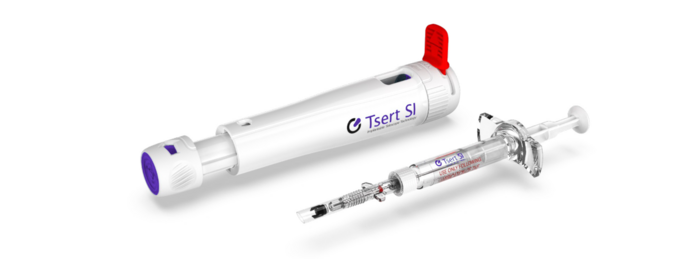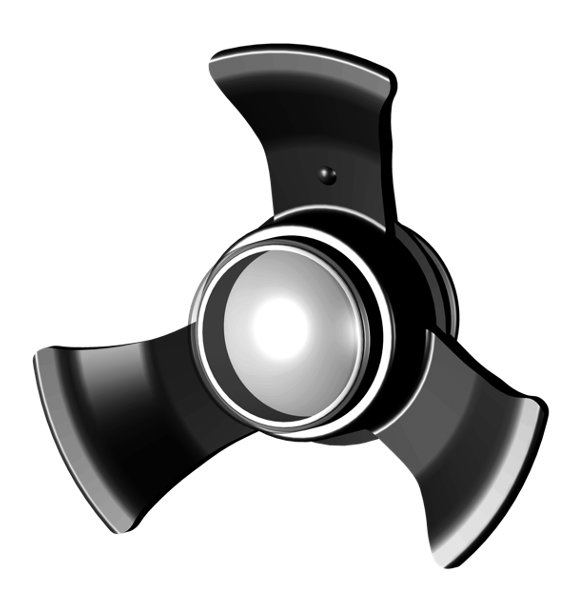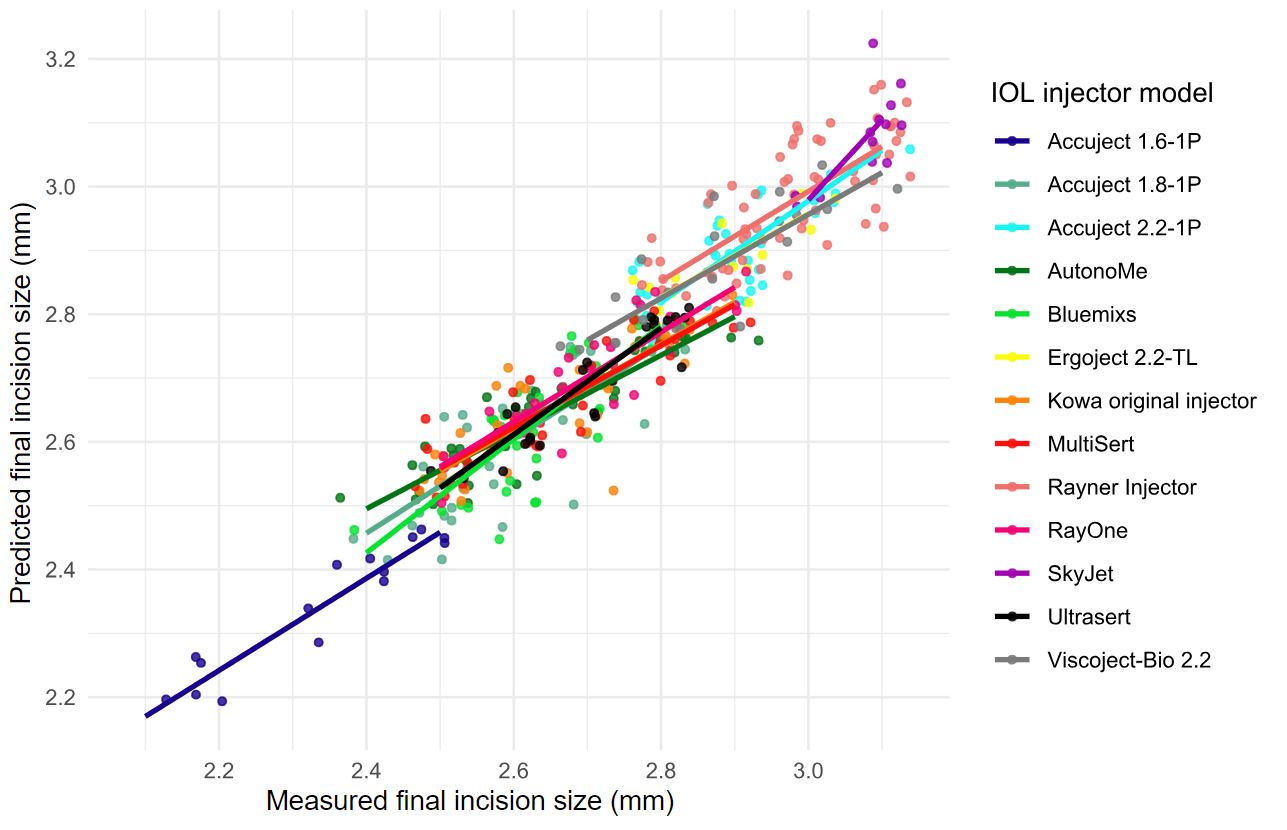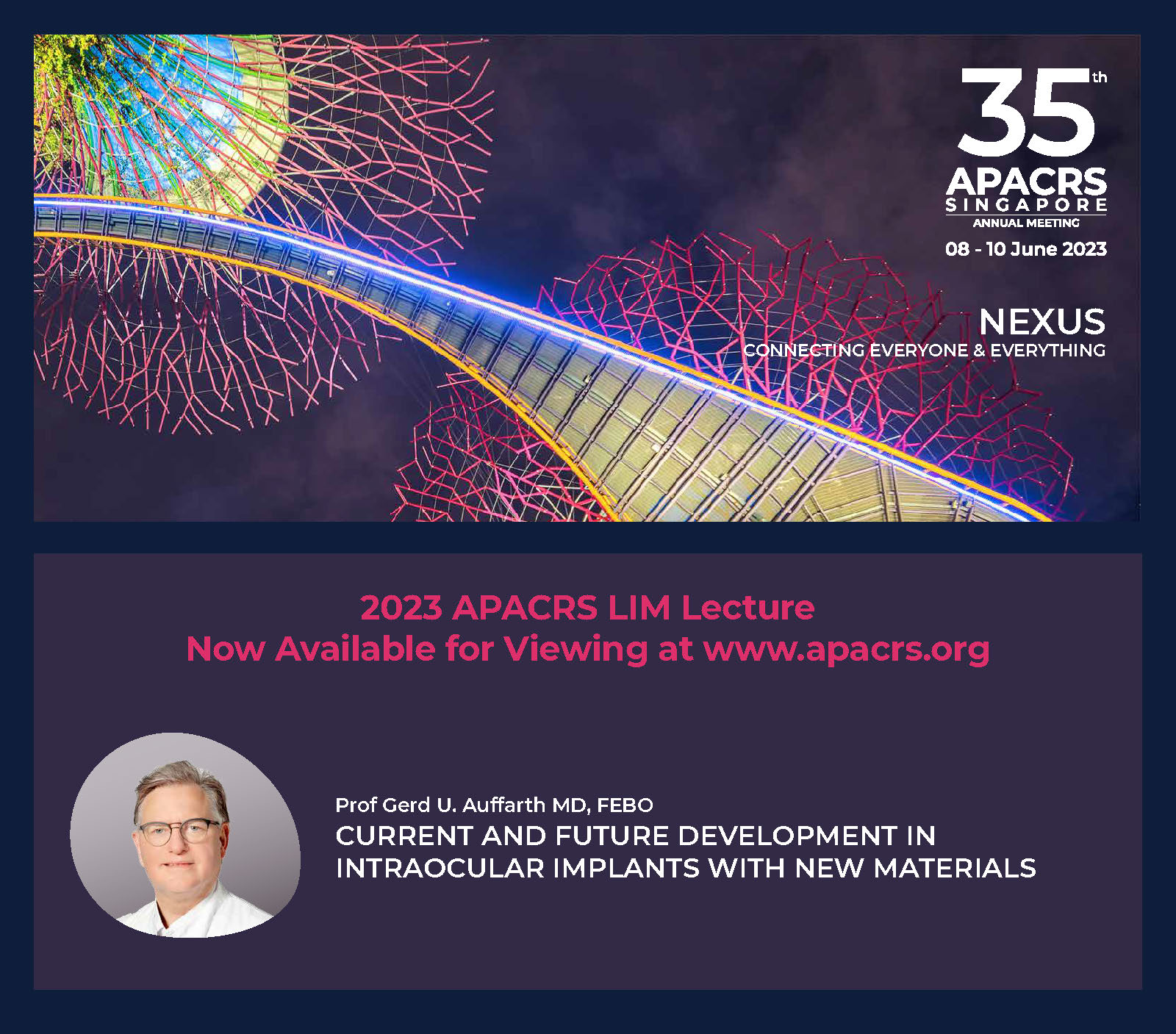Heidelberg, 01.August.2023. It has been a busy summer and - better late than never - we would like to share with you our recently published article in the journal RETINA on the Smaller Incision, New Generation implantable miniature telescope (SING IMT) by Samsara Vision.
The SING IMT
The device is an implantable telescope. With a haptic diameter of 10.8mm, an axial length of 4.4 mm and a weight of 63 mg in aqueous humor the implant is substantially bigger and heavier than conventional IOLs. The implant is placed into the capsular bag considerably stretching the average-sized capsular bag.

The Tsert SI is the injector system designed exclusively for the SING IMT. It allows the injection of the implant into the capsular bag through a 6.5-7.5 mm injection. The optic is aligned orthogonally to the direction of injection. All haptics are released at the same time once the optic exits the nozzle tip.
For what is it used?
Patients with an end-stage loss of central vision due to e.g. age-related macular degeneration represent a currently under-served patient population. The SING IMT is based on the principle of a fixed-focus Galilean telescope which may alleviate the symptom burden in patients with central vision loss.
This new model of the implantable telescope improves on many of its predecessor’s surgical disadvantages.
What we did
We examined the surgical properties and challenges of the SING IMT using our well-known technique, the Miyake-Apple posterior view. Apart from describing techniques to rescue a sulcus implantation, we also evaluated different approaches to explanting the device and the associated zonular stress. Finally, we analyzed capsular stretching, the arc of contact and posterior capsular striae after the successful implantation of the SING IMT.
What we found
Acceptable zonular stress was observed during the successful implantation of the SING IMT. When it was implanted in the sulcus, one could reposition the haptics into the bag with two spatulas using counter-pressure in an effective strategy despite inducing tolerable, medium zonular stress. A similar technique, in reverse, allows safe explantation without damaging the rhexis or the bag while inducing similar medium, tolerable zonular stress. In all eyes we examined, the implant considerably stretches the bag inducing a capsular bag deformation and posterior capsule striae.
Explantation of the SING IMT
Counter-pressure is applied by using two spatulas and the whole implant is moved towards the opposing part of the capsular bag to lift the haptic through the capsulorhexis.
Summary
Our article is the first to visualize the injection process of the SING IMT - something that is normally not visible to a surgeon when implanting the device. With its increased size and weight the lens device significantly stretches the average-sized capsular bag to support its weight. In sulcus implantation and explantation, repositioning of the haptic is achievable without perturbing zonular stress using the presented approaches.
To read and to cite our paper:
Hammer, Maximilian cand. med.1,2; Schickhardt, Sonja PhD1; Zhang, Lu MS1; Munro, Donald BS1; Yildirim, Timur M MD1,2; Auffarth, Gerd U MD, PhD1,2. Surgical techniques - Capsule dynamics, implantation and explantation of the smaller incision, new generation implantable miniature telescope, a Miyake-Apple study. Retina ():10.1097/IAE.0000000000003816, June 12, 2023. | DOI: 10.1097/IAE.0000000000003816
 Maximilian Hammer
Maximilian Hammer 
 Enlarged incisions – but why?
Enlarged incisions – but why?